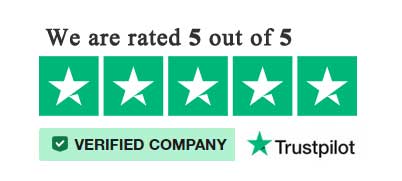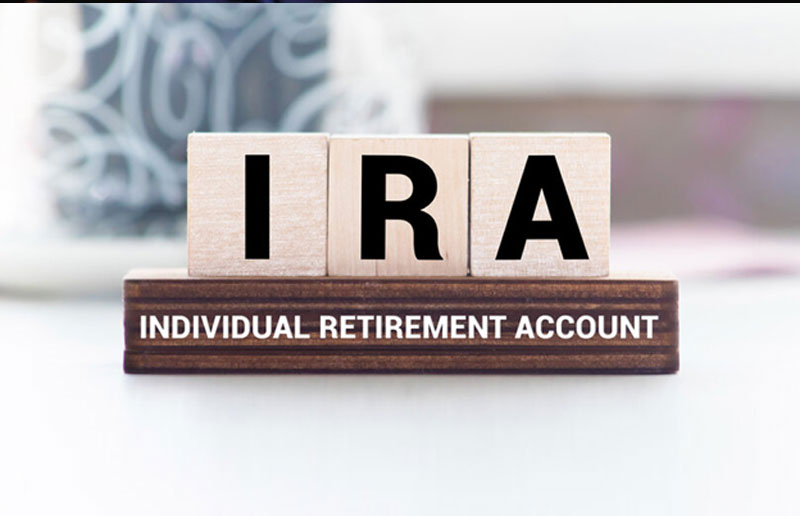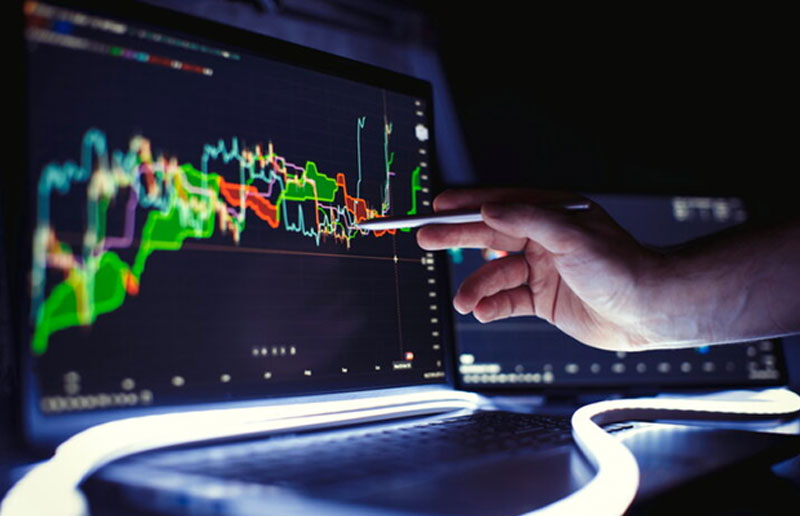 Futures trading is a dynamic and essential component of the global financial market, allowing traders to speculate on the future price movements of various assets. This guide aims to provide a comprehensive understanding of futures trading, covering key concepts, strategies, and practical examples. Whether you are new to the world of trading or seeking to deepen your knowledge, this book will help you navigate the complexities of futures trading with confidence.
Futures trading is a dynamic and essential component of the global financial market, allowing traders to speculate on the future price movements of various assets. This guide aims to provide a comprehensive understanding of futures trading, covering key concepts, strategies, and practical examples. Whether you are new to the world of trading or seeking to deepen your knowledge, this book will help you navigate the complexities of futures trading with confidence.
What is Futures Trading?
Futures trading involves the buying and selling of futures contracts, which are standardized agreements to buy or sell a specific asset at a predetermined price on a future date. These contracts are traded on futures exchanges, providing a regulated environment for market participants.
Key Concepts
- Futures Contract: A legally binding agreement to buy or sell an asset at a specified price on a future date.
- Underlying Asset: The asset on which the futures contract is based, such as commodities, currencies, or financial instruments.
- Expiration Date: The date on which the futures contract must be settled.
- Margin: A deposit required to open and maintain a futures position, serving as collateral to ensure contract performance.
- Leverage: The use of borrowed capital to increase the potential return of an investment, a common practice in futures trading.
Types of Futures Contracts
Futures contracts cover a wide range of assets, broadly categorized into commodities and financial futures.
Commodities Futures
- Agricultural Commodities: Includes futures contracts for products like wheat, corn, soybeans, and coffee.
- Energy Commodities: Includes futures contracts for crude oil, natural gas, and gasoline.
- Metals: Includes futures contracts for precious metals like gold and silver, as well as industrial metals like copper and aluminum.
Financial Futures
- Stock Index Futures: Based on stock market indices like the S&P 500, NASDAQ, and Dow Jones.
- Interest Rate Futures: Based on government bonds and interest rates, such as U.S. Treasury bonds.
- Currency Futures: Based on exchange rates between different currencies, such as the EUR/USD or GBP/USD pairs.
The Mechanics of Trading Futures
Understanding the mechanics of futures trading is crucial for effective participation in the market.
Opening a Position
To open a futures position, traders must place an initial margin deposit with their broker. This deposit acts as a performance bond to cover potential losses.
Maintaining a Position
Traders must maintain their positions by ensuring their account balance meets the maintenance margin requirement. If the account balance falls below this level, a margin call occurs, requiring the trader to deposit additional funds.
Closing a Position
A futures position can be closed by taking an opposite position in the same contract or by holding the contract until expiration, at which point it is settled.
Strategies for Futures Trading
Effective futures trading requires a combination of technical analysis, fundamental analysis, and risk management strategies.
Technical Analysis
- Chart Patterns: Identifying patterns like head and shoulders, double tops, and triangles to predict future price movements.
- Indicators: Using tools like moving averages, RSI, and MACD to analyze price trends and market momentum.
Fundamental Analysis
- Supply and Demand: Analyzing factors that affect the supply and demand of the underlying asset, such as weather conditions for agricultural commodities or geopolitical events for energy commodities.
- Economic Indicators: Monitoring economic data releases, such as GDP growth, employment figures, and inflation rates, which can influence the prices of financial futures.
Risk Management
- Stop-Loss Orders: Setting predefined exit points to limit potential losses.
- Position Sizing: Determining the appropriate amount of capital to allocate to each trade based on risk tolerance and market conditions.
- Diversification: Spreading investments across different futures contracts to reduce risk.
Practical Examples of Futures Trading
To illustrate the concepts and strategies discussed, let’s explore a few practical examples of futures trading.
Example 1: Trading Crude Oil Futures
Suppose a trader expects the price of crude oil to rise due to an anticipated increase in demand. They can buy (go long) a crude oil futures contract at $60 per barrel. If the price rises to $70 per barrel, the trader can sell (close) the contract, realizing a profit of $10 per barrel.
Example 2: Hedging with Wheat Futures
A farmer growing wheat is concerned about potential price declines before harvest. To hedge against this risk, the farmer can sell (go short) wheat futures contracts at the current market price. If the price of wheat falls by harvest time, the losses from selling the physical wheat at a lower price will be offset by gains in the futures market.
Commodity Futures Trading
Commodity futures trading is a specific segment of futures trading that focuses on tangible goods like agricultural products, energy resources, and metals.
Agricultural Commodities
- Seasonal Patterns: Understanding seasonal trends in crop production and demand can provide trading opportunities.
- Weather Impact: Analyzing weather forecasts and their potential impact on crop yields can influence trading decisions.
Energy Commodities
- Geopolitical Events: Monitoring geopolitical developments in major oil-producing regions can provide insights into potential price movements.
- Supply Chain Dynamics: Understanding the supply chain of energy commodities, from extraction to distribution, can help traders anticipate market changes.
Metals
- Industrial Demand: Analyzing trends in industrial demand for metals like copper and aluminum can influence trading strategies.
- Safe-Haven Investments: Recognizing the role of precious metals like gold as safe-haven assets during economic uncertainty can guide investment decisions.
The Role of Futures Exchanges
Futures exchanges play a crucial role in facilitating futures trading by providing a regulated marketplace for buyers and sellers.
Major Futures Exchanges
- Chicago Mercantile Exchange (CME): One of the largest futures exchanges, offering a wide range of futures contracts.
- Intercontinental Exchange (ICE): Known for its energy and agricultural futures contracts.
- New York Mercantile Exchange (NYMEX): Specializes in energy and metals futures.
Functions of Futures Exchanges
- Standardization: Ensuring contracts are standardized in terms of quantity, quality, and delivery terms.
- Liquidity: Providing a liquid market where traders can easily enter and exit positions.
- Price Discovery: Facilitating transparent price discovery through continuous trading.
- Risk Management: Offering tools and mechanisms for risk management, such as margin requirements and daily settlement.
Regulations and Compliance
Futures trading is subject to strict regulatory oversight to ensure market integrity and protect investors.
Regulatory Bodies
- Commodity Futures Trading Commission (CFTC): The primary regulatory body for futures trading in the United States.
- National Futures Association (NFA): A self-regulatory organization that oversees compliance with industry standards.
Key Regulations
- Position Limits: Restrictions on the number of contracts a trader can hold to prevent market manipulation.
- Reporting Requirements: Obligations for traders to report their positions to regulatory authorities.
- Anti-Fraud Measures: Rules and enforcement actions to prevent fraudulent activities in the futures market.
Technology and Futures Trading
Advancements in technology have significantly transformed futures trading, making it more accessible and efficient.
Trading Platforms
- Electronic Trading: Most futures trading is conducted electronically through sophisticated trading platforms, providing real-time data and execution capabilities.
- Algorithmic Trading: The use of algorithms to execute trades based on predefined criteria, enhancing speed and efficiency.
Data Analytics
- Market Data: Access to comprehensive market data, including historical prices, order book information, and volume statistics.
- Analytical Tools: Advanced tools for technical analysis, risk assessment, and strategy development.
Futures trading is a versatile and powerful tool for speculating on price movements, hedging risks, and diversifying investment portfolios. By understanding the fundamental concepts, developing effective strategies, and leveraging the available tools and resources, traders can navigate the complexities of the futures market with confidence. Whether you are trading commodities or financial futures, a disciplined approach to risk management and continuous learning are essential for long-term success.
Glossary
- Arbitrage: The simultaneous buying and selling of assets in different markets to profit from price discrepancies.
- Bear Market: A market condition characterized by declining prices.
- Bull Market: A market condition characterized by rising prices.
- Hedging: A risk management strategy used to offset potential losses in one investment by taking an opposite position in another.
- Leverage: The use of borrowed capital to increase the potential return of an investment.
- Margin Call: A demand by a broker for an investor to deposit additional funds to maintain a margin account.
- Position Sizing: Determining the amount of capital to allocate to a particular trade based on risk tolerance and market conditions.
References
- Books:
- Hull, J. C. (2014). Options, Futures, and Other Derivatives. Pearson.
- Murphy, J. J. (1999). Technical Analysis of the Financial Markets. Penguin.
- Websites:
- CME Group: www.cmegroup.com
- Investopedia: www.investopedia.com
- Articles:
- “Understanding Futures Contracts” – Financial Times
- “Commodity Futures Trading for Beginners” – Wall Street Journal
By mastering the principles outlined in this guide, you will be well-equipped to navigate the futures trading landscape and leverage its opportunities to achieve your financial goals.
Ready to start trading futures? Call US 1(800)454-9572 – Int’l (310)859-9572 email info@cannontrading.com and speak to one of our experienced, Series-3 licensed futures brokers and start your futures trading journey with E-Futures.com today.
Disclaimer – Trading Futures, Options on Futures, and retail off-exchange foreign currency transactions involves substantial risk of loss and is not suitable for all investors. Past performance is not indicative of future results. You should carefully consider whether trading is suitable for you in light of your circumstances, knowledge, and financial resources. You may lose all or more of your initial investment. Opinions, market data, and recommendations are subject to change at any time.
Important: Trading commodity futures and options involves a substantial risk of loss. The recommendations contained in this writing are of opinion only and do not guarantee any profits. This writing is for educational purposes. Past performances are not necessarily indicative of future results.
**This article has been generated with the help of AI Technology. It has been modified from the original draft for accuracy and compliance.
***@cannontrading on all socials.









